Bucked Up is no stranger to trying new things, and even a healthy dose of controversy. Ryan Gardner from DAS Labs launched the company in 2016 aftering pioneering the use of deer antler spray to heal injuries in the top echelons of athletics. The concoction was notably used by NFL linebacker Ray Lewis and golfer Vijay Singh, which led to quite the hysteria a decade back.
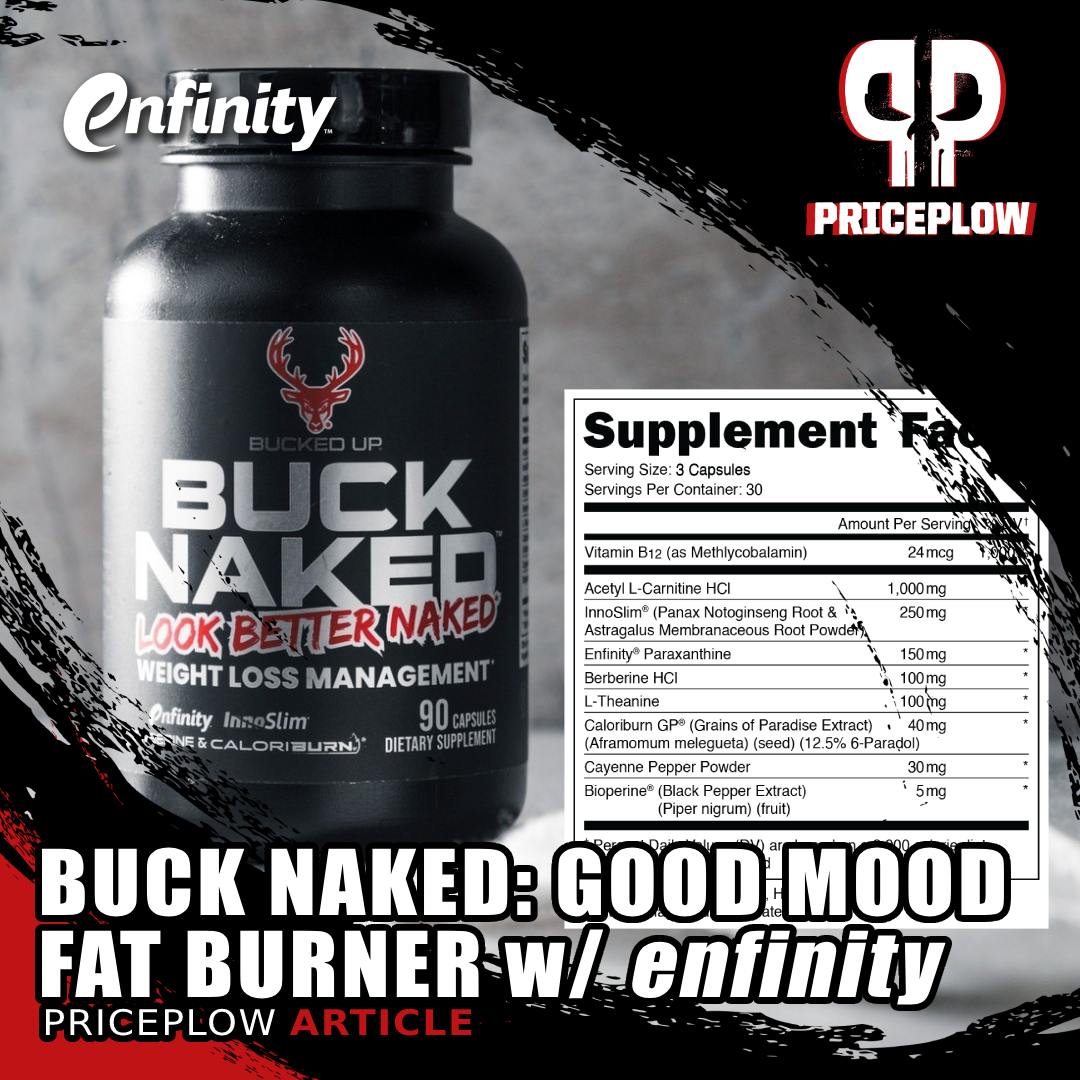
Bucked Up Buck Naked is a fat burner powered by enfinity paraxanthine, and when we researched it, we noticed a few ingredients that may support mood improvements on top of the thermogenic effect!
Bucked Up is best known for their pre-workouts, but wait until you see the fat burner we have for you today -- and it's one that may just perk up your mood while boosting energy expenditure.
The company's penchant for supporting new ingredients has not waned over the past several years, evidenced by the early adoption of paraxanthine, an increasingly-famous caffeine metabolite that we've loved since the first time we tried it.
Buck Naked: Fat Loss Powered by Enfinity
The standard for stimulants in the supplement industry is, of course, caffeine. This makes sense since it tangibly decreases feelings of fatigue and actively boosts metabolic activity. As a result, there hadn't been much motivation to innovate beyond the famous stimulant drug.
But this changed when ING2 pioneered enfinity, their brand name paraxanthine ingredient, now distributed worldwide by TSI Group, a PricePlow partner. Paraxanthine is the primary caffeine metabolite responsible for a variety of beneficial effects paired with the absence of jittery downsides.
And between Bucked Up Babe, which we covered earlier, and the scandalously-named Buck Naked, a new fat burner formula, Bucked Up is big on enfinity.
Now, dive into how Bucked Up Buck Naked works, but first, let's check The PricePlow for good Bucked Up deals, and check out our video review of the formula:
Bucked Up Buck Naked – Deals and Price Drop Alerts
Get Price Alerts
No spam, no scams.
Disclosure: PricePlow relies on pricing from stores with which we have a business relationship. We work hard to keep pricing current, but you may find a better offer.
Posts are sponsored in part by the retailers and/or brands listed on this page.
This area is reserved for Team PricePlow's upcoming videos.
Subscribe to our channel and sign up for notifications so you catch it when it goes live!
Bucked Up Buck Naked Ingredients
Each three-capsule serving of Buck Naked contains the following ingredients:
-
Acetyl L-Carnitine HCl - 1000mg
Acetyl L-Carnitine (ALCAR) is a preferred form of L-carnitine for nootropic supplements due to its ability to cross the blood-brain barrier.[1] This characteristic is beneficial not only for its nootropic effects but also for its role in fat burners, which include ALCAR for its fatty acid transport capabilities to mitochondria.[2]
Carnitine's most significant benefits are observed in individuals likely to be deficient, such as vegans, vegetarians, the elderly, and athletes under heavy exertion.[3,4]
For nootropic purposes, ALCAR has been shown to offer neuroprotective, neurotrophic, and antidepressant benefits,[5] with studies highlighting its potential to reduce cognitive decline, enhance synaptic response, and improve learning capabilities.[6,7]
Long story short: if you're not eating enough red meat, you probably need more L-carnitine, and it will do wonders in more ways than one.
And on the note of meat eating - there's also a 24mcg (1000% DV) dose of methylcobalamin, the preferred form of vitamin B12, in Buck Naked as well. This will further support those who aren't getting enough!
-
InnoSlim - 250mg
InnoSlim is a patented blend of ginseng and astragalus extracts designed to support weight loss without the need for heavy stimulants.[8-12] This innovative ingredient is backed by human clinical data demonstrating its ability to aid in weight reduction, enhance lipid profiles, decrease insulin resistance, and significantly benefit cardiometabolic health.[13]
Key to its function, InnoSlim influences adiponectin production,[14] a hormone critical for managing fat burning and blood sugar levels, which may have an impact on overall glycemia. This is important because the body is going to beta-oxidize less body fat when blood sugar levels and/or insulin are high and it needs to oxidize glucose first.[15,16]
Furthermore, InnoSlim activates AMP-activated protein kinase (AMPK, which we consider the "we need energy now" enzyme that controls energy expenditure) and upregulates GLUT4 and SGLT1. These enzymes and transporters are vital for maintaining cellular energy balance and improving glucose uptake in muscle and fat tissues while inhibiting dietary carbohydrate absorption in the digestive tract.[17-19]
InnoSlim is popular in stimulant-free fat burners, but that's not what we have here - we indeed have some stimulation, just no caffeine. That's because paraxanthine is next:
-
enfinity Paraxanthine - 150mg
Here's an ingredient that makes Buck Naked really special – enfinity brand paraxanthine. Billed as the next caffeine, a bold claim that this ingredient definitely lives up to, paraxanthine was developed by Ingenious Ingredients (ING2) and is currently distributed by TSI Group.
Right away, you should be expecting great things from an ingredient with such a pedigree. So does it work? Let us begin...
Paraxanthine is the primary metabolite of caffeine, providing most of caffeine's beneficial effects. Now you can take it directly with enfinity!
The upsides of caffeine, without the downsides
When it comes to the next-gen caffeine claim, the first and most important piece of information you should have is that paraxanthine is actually one of caffeine's metabolites – your body converts most of the caffeine you ingest into paraxanthine, but that's not all you get from caffeine consumption.
Caffeine's three immediate metabolites are:
- Paraxanthine
- Theobromine
- Theophylline
All three of these metabolites are, like caffeine, methylxanthine alkaloids with powerful stimulant effects. So why are we interested?
Well, caffeine is commonly used in pre-workouts for a number of reasons,[20,21] not least for its ability to crank up cellular metabolism.[22,23] Your body is a collection of cells, so when those cells work harder, you can work harder, too.
The problem is that not everyone metabolizes caffeine the same way.
While some people can quaff a gigantic pot of black coffee without any problems, others may struggle to sleep after half a bar of chocolate in the morning. For caffeine-sensitive persons, the presence of caffeine in a supplement can be enough to dissuade them from using it.
Enter paraxanthine.
As it turns out, paraxanthine is metabolized much faster than caffeine, which makes it a superior choice for anybody, but especially for caffeine-sensitive people.
But there's another big benefit in using paraxanthine over caffeine, and to understand what it is, we have to spend a little time talking about caffeine's other two metabolites.
Paraxanthine: more effective than caffeine
First and perhaps most interestingly, paraxanthine is responsible for the lion's share of caffeine's benefits. Research has revealed that paraxanthine, just like caffeine, can accelerate lipolysis (fat burning) by upregulating cAMP/AMPK signaling[22] and diminish feelings of tiredness by blocking the action of adenosine.[23] It's also highly dopaminergic,[25] which we love since dopamine is basically the neurotransmitter of focus and motivation.
But paraxanthine doesn't just resemble caffeine in these respects – it has actually been shown to outperform caffeine in initial research when it comes to boosting muscle growth, strength, and athletic endurance.[26]
And on the mental side of things, paraxanthine has been shown to better antagonize adenosine, and better improve cognitive performance in domains like psychomotor skills, reaction time, and mental accuracy.[24,27]
Paraxanthine enables us to avoid theobromine and theophylline
As awesome as it is that paraxanthine outperforms caffeine, there's an even bigger benefit we have to discuss, and that is the fact that paraxanthine administration circumvents caffeine's more troublesome metabolites theobromine and theophylline.
The reason for this comes down to the half-lives of each compound.
Paraxanthine has the shortest half-life
As we said above, paraxanthine gets metabolized faster than caffeine – whereas caffeine's half-life is roughly 4 hours,[32] paraxanthine's half-life is only ~3 hours.[32]
The difference is even more pronounced with theobromine and theophylline, which have half-lives of 6 and 7 hours respectively.[32] Those are the metabolites that wreck slow caffeine metabolizers!
This matters a lot because all four compounds have broadly similar stimulant effects, including theobromine and theophylline. So in light of the very long half-lives those two metabolites have, it makes sense that sensitive individuals would struggle mightily with caffeine largely because of them – and especially theophylline.
However, the solution is easy – take paraxanthine instead of caffeine. The body doesn't convert paraxanthine into theobromine or theophylline, and it obviously doesn't convert paraxanthine into caffeine. So by taking paraxanthine, you sidestep all the issues with the caffeine metabolites.
MuscleTech's Raza Bashir and Ingenious Ingredients (and NNB Nutrition CSO) Shawn Wells join the PricePlow Podcast for Episode #072 to talk about MuscleTech's new iQ Series launch, using enfinity Paraxanthine!
Better for slow metabolizers
The case for paraxanthine becomes even more compelling when you consider that caffeine metabolism is controlled by genes that influence liver enzyme function.[33,34]
Caffeine-sensitive individuals usually fall into the slow metabolizer category, which means that their individual caffeine half-life is longer than average. For these individuals, the 25% faster half-life of paraxanthine is a compelling value proposition.
You can read more about enfinity in our main paraxanthine article, or watch Episode #072 of the PricePlow Podcast.
-
Berberine (100mg)
Berberine stands out as a highly effective glucose disposal agent, crucial for managing blood glucose levels and enhancing metabolic health. Research highlights its ability to significantly lower peak blood glucose levels when taken with meals,[35-38] making it an essential supplement for individuals consuming carbohydrates.
Berberine activates AMPK,[39] similar to InnoSlim, promoting glucose uptake into cells and facilitating fat burning alongside glucose.[40] Its broad spectrum of benefits includes preventing gluconeogenesis, blocking glucose absorption, improving the health of the microbiome, enhancing blood lipid profiles, reducing oxidative stress, and decreasing inflammation.[35-39,41]
We've covered this ingredient in great depth, and you can read more in our main berberine article, but the data depends on the dosage. For instance, at 1500 milligrams per day, it's been shown to outperform the drug metformin, but we definitely don't have that dose here.
Still, a nice little hit of berberine in a fat burner is something we'll never turn down.
-
L-Theanine - 100mg
L-theanine, found in tea leaves, acts as a neurotransmitter in the brain, offering relaxation and anti-anxiety benefits without causing drowsiness.[42-45] Studies suggest that combining L-theanine with caffeine can enhance reaction times, boost working memory, and elevate alertness.[44]
Although research on the interaction between L-theanine and paraxanthine is yet to be seen, the existing synergy with caffeine hints at promising potential. We're interested to test this out and see how it performs - Buck Naked may be the first supplement with the combination.
-
CaloriBurn GP - 40mg
CaloriBurn GP, crafted by NNB Nutrition, is a standout ingredient derived from the Aframomum melegueta plant, also known as grains of paradise. This extract is rich in 6-paradol, a phenolic ketone proven to boost calorie burning in brown adipose tissue (BAT) through non-shivering thermogenesis.[46]
Beyond aiding in weight management, activating BAT offers cardiometabolic advantages, such as reduced blood glucose and triglycerides.[47] Notably, human studies have demonstrated grains of paradise's effectiveness in burning harmful visceral fat with just a 30 mg daily dose, while a 40 mg dose significantly increased basal metabolic rate shortly after consumption, potentially leading to an additional 400 calories burned daily.[48]
-
Cayenne Pepper Powder - 30mg
Bucked Up Babe Pre-Workout is a skin-supporting pre-workout supplement made for women with a smooth 100mg dose of enfinity Paraxanthine from TSI Group
Cayenne pepper is known for its alkaloid capsaicin. Capsaicin's fat-burning and thermogenic properties, alongside its ability to diminish appetite, support weight loss efforts, particularly during exercise regimens.[49-54]
Capsaicin not only aids in decreasing body fat with as little as 6 milligrams daily over three months[53] but also improves pain tolerance[55] and sustains metabolism during diet-induced caloric restriction, a crucial factor for maintaining metabolic rate.[56]
While cayenne pepper and grains of paradise work similarly, we've found a trend of doubling down on the ingredients, utilizing both. You won't ever see us complain about that, especially when using clinically-backed dosages of either (or both).
-
BioPerine - 5mg
BioPerine, a black pepper extract rich in piperine, enhances bioavailability but stands out for its direct anti-obesity properties. Piperine functions not only as a powerful antioxidant[57] but also inhibits stomach enzymes that typically degrade nutrients, thereby prolonging their integrity and enhancing the body's absorption.[58]
It boosts the expression of glucose transporter 4 (GLUT4), facilitating increased cellular glucose uptake and reducing blood glucose levels.[59]
Piperine and good mood?!
Paraxanthine is the primary metabolite of caffeine, providing most of caffeine's beneficial effects. Now you can take it directly with enfinity!
An interesting new study in 2024 found that people with lower serum levels of piperine are more likely to suffer from mood disorders.[60] What makes that really interesting is that piperine is not an endogenous metabolite, so it has to be consumed. And that means that according to this data, people who ingest black pepper and/or piperine are simply in a better mood state!
So between the enfinity, L-theanine, ALCAR, and piperine from BioPerine, we're expecting people to feel pretty good mentally from Buck Naked!
Dosage and Directions
Per the bottle, take 3 capsules with water. At 150 milligrams of enfinity paraxanthine, you can take this dosage twice daily, but that will run your bottle out twice as fast.
A good idea is to consider it for early afternoon dosing. Paraxanthine will metabolize quicker than caffeine, and may not affect sleep as much as caffeine does!
Buck Naked and Unafraid of the New
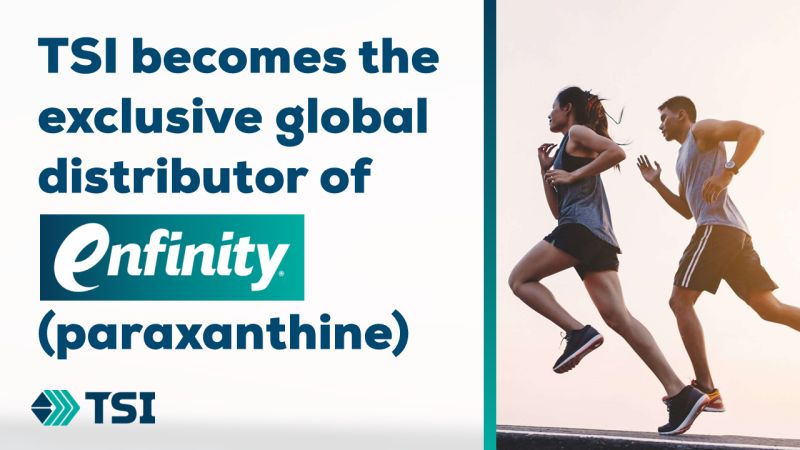
Announced on September 1, 2023, TSI Group (the sponsor of this article) is the Exclusive Global Distributor of enfinity paraxanthine
Bucked Up does not shy away from the new, and this fact is a positive for the entirety of the industry – in particular, the consumers. While caffeine is great, it does have drawbacks for a lot of people. While it does give you a nice kick, that kick is often followed by a gnarly crash. This effect is greatly smoothed with TSI's enfinity paraxanthine.
Coupled with some top-of-the-line fat burning ingredients like CaloriBurn GP and cayenne, a mood-boosting combination of ALCAR and Bioperine, your mitochondria will be working overtime to melt away the pounds without you cognitively suffering.
Bucked Up Buck Naked – Deals and Price Drop Alerts
Get Price Alerts
No spam, no scams.
Disclosure: PricePlow relies on pricing from stores with which we have a business relationship. We work hard to keep pricing current, but you may find a better offer.
Posts are sponsored in part by the retailers and/or brands listed on this page.

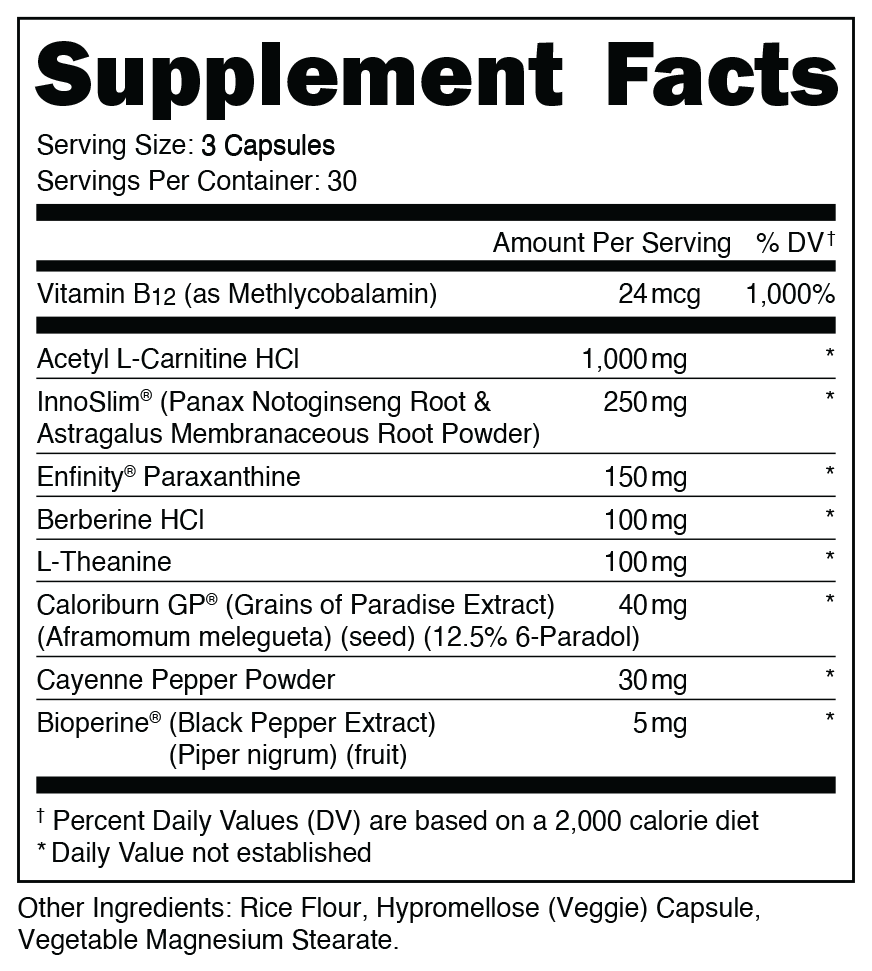

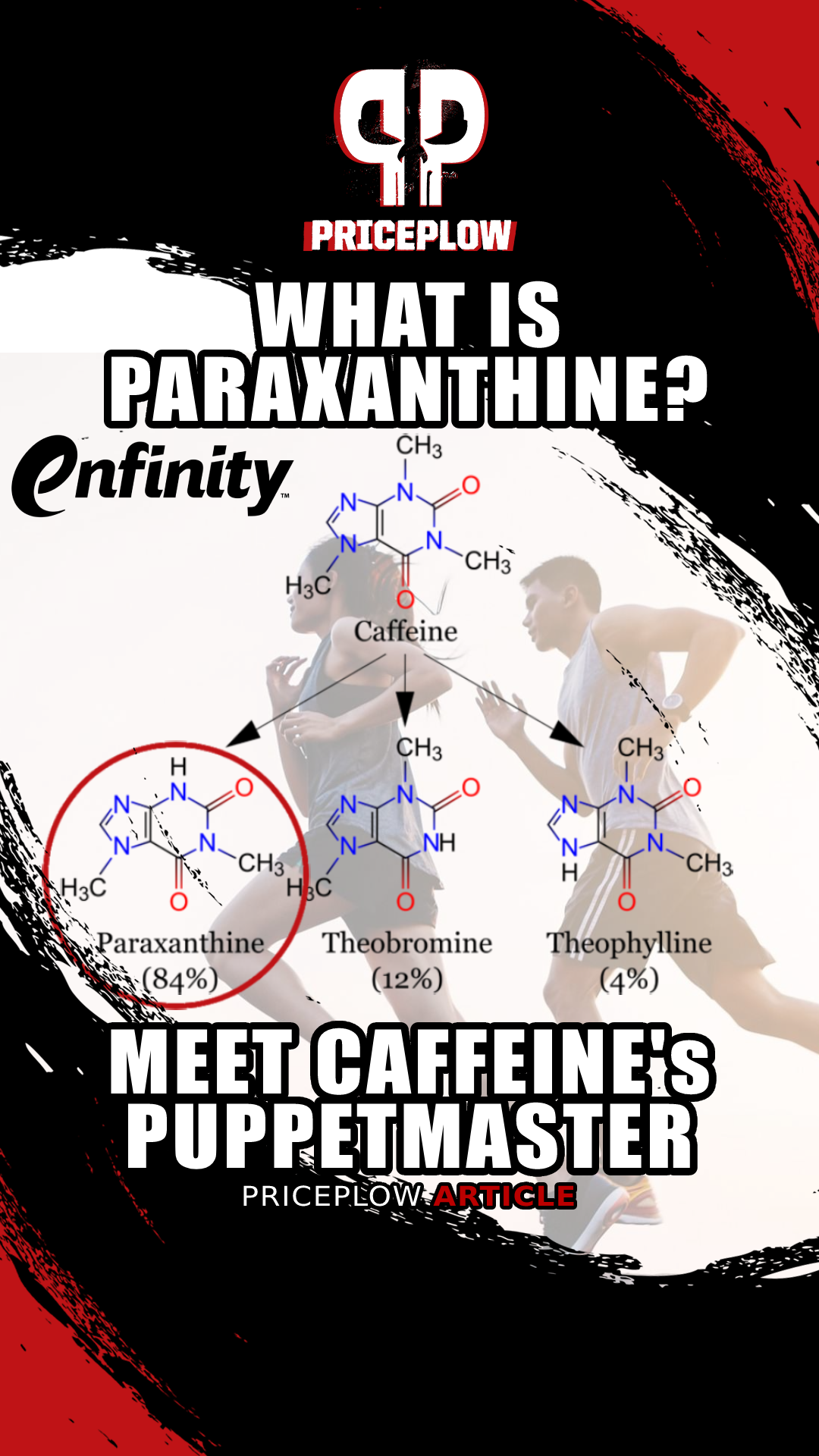
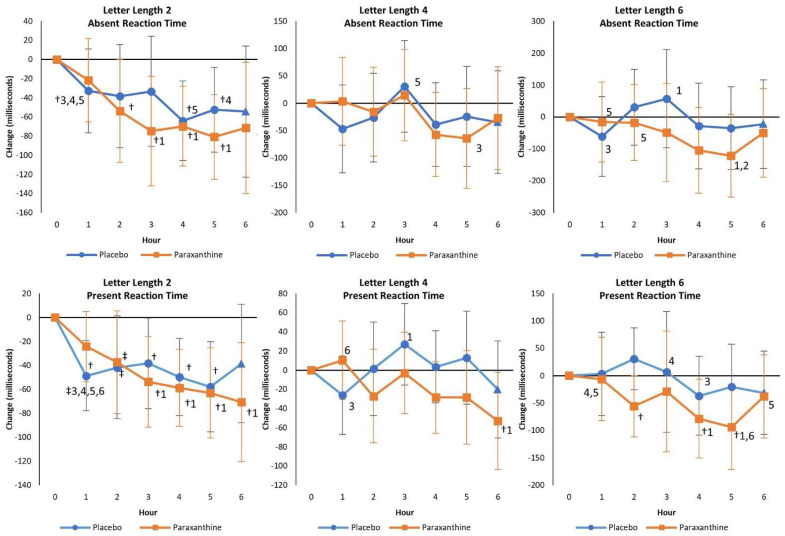
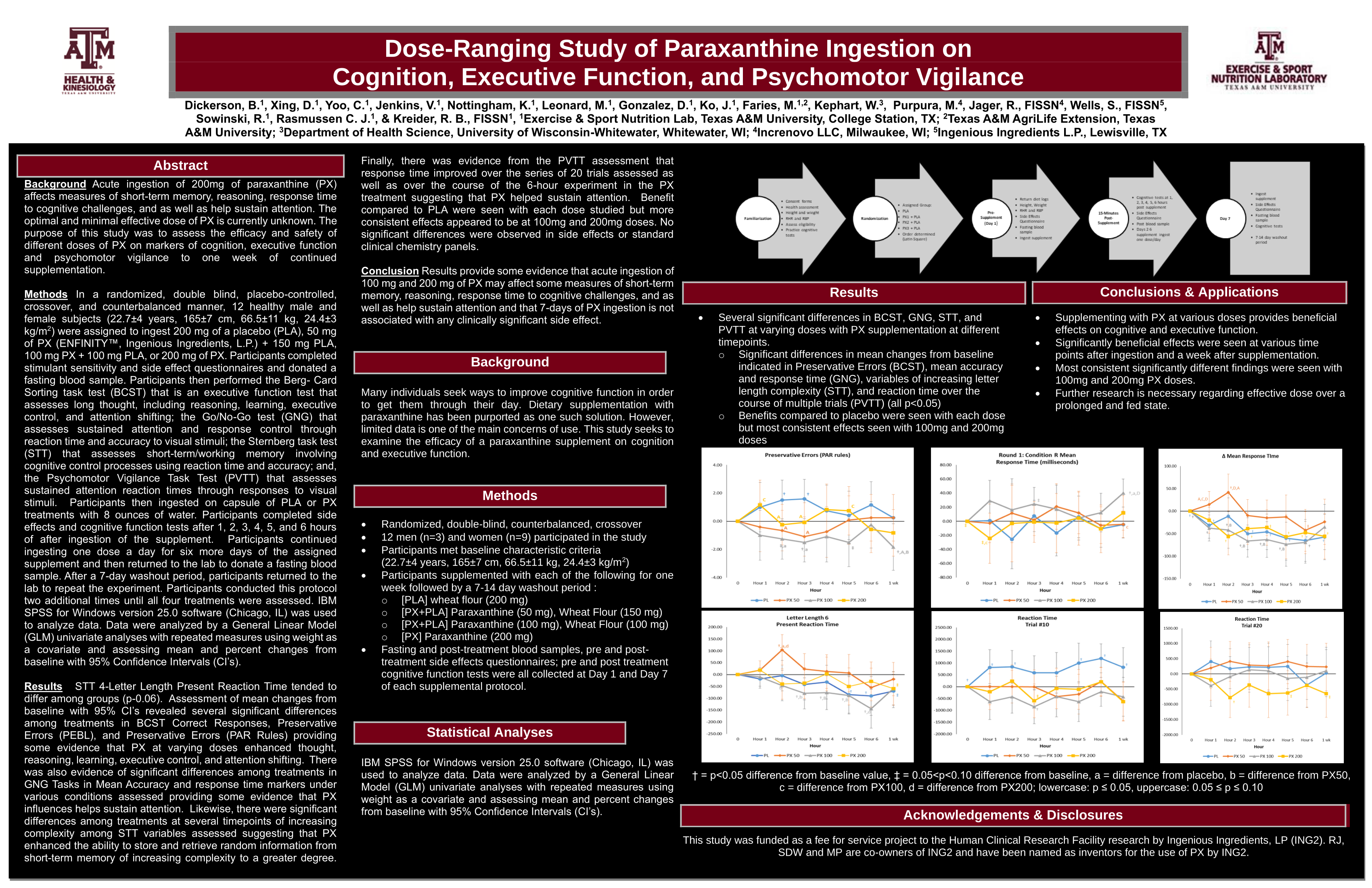

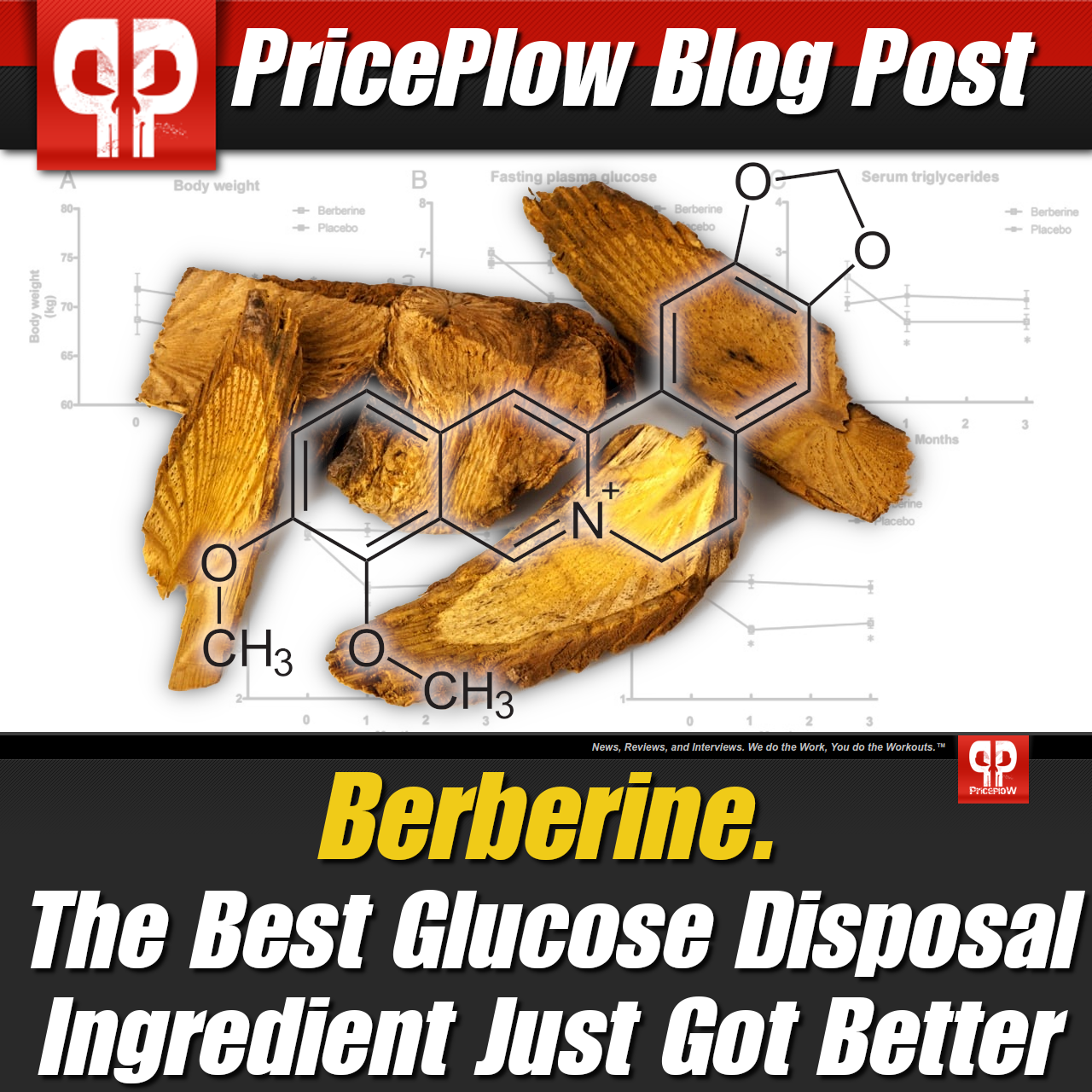
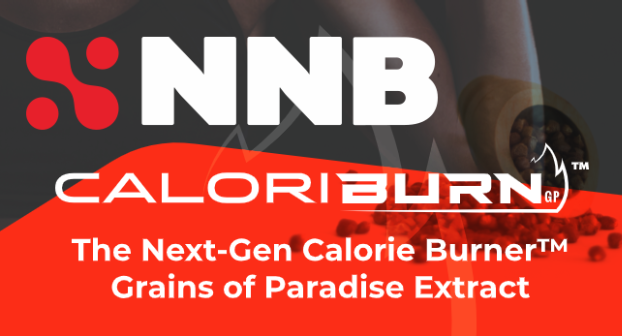

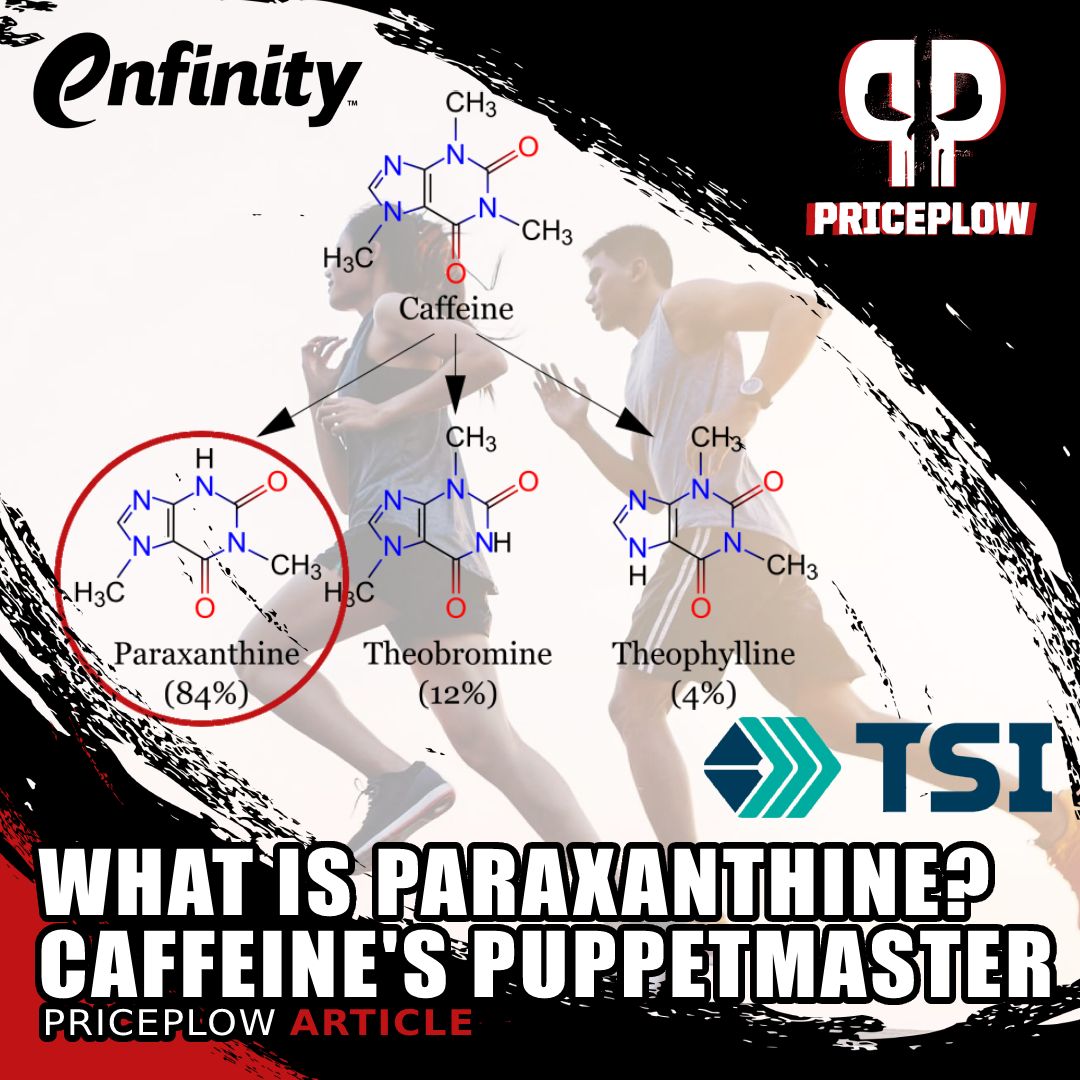


Comments and Discussion (Powered by the PricePlow Forum)